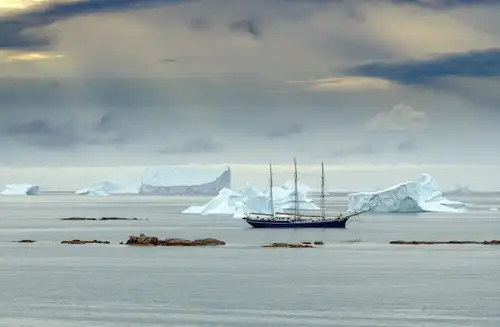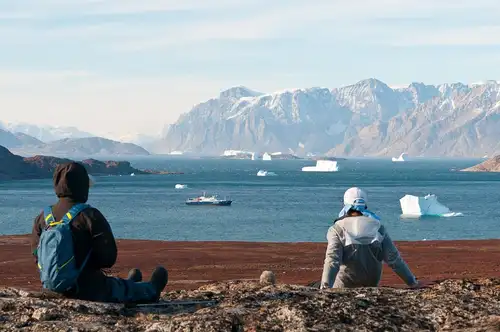The northern lights, also known as the aurora borealis, offer some of the most breathtaking photographic opportunities in the Arctic. However, capturing this stunning phenomenon requires more than just luck. To take your best northern lights photos, it's helpful to understand some key aspects of aurora-specific photography.
Here are ten of our top tips for photographing the northern lights, useful whether you're on a northern lights tour to Greenland, Northern Norway, or the polar-bear-filled shores of Svalbard.
While this article focuses on general tips for taking better aurora borealis photos, we also have a video (linked at the bottom) by an expert nature photographer that will give you additional tips specific to setting up your camera.

1. Prepare for cold weather when capturing the northern lights
Sometimes travelers focus so much on packing their photography gear that they forget a crucial element: their own comfort.
Photographing the northern lights often involves long periods outside, watching the sky and waiting for the perfect moment. The cold can be particularly biting during these sedentary waits, especially since northern lights tours occur during the coldest months of the Arctic year. Therefore, it's essential to prepare not just for long hours but also for the frigid Arctic night.
During Svalbard trips, temperatures can plummet to -40°C (-40°F). Ensure you have enough layers to stay warm, along with some coffee or hot chocolate—and a good deal of patience, as Arctic weather doesn't always provide clear skies.
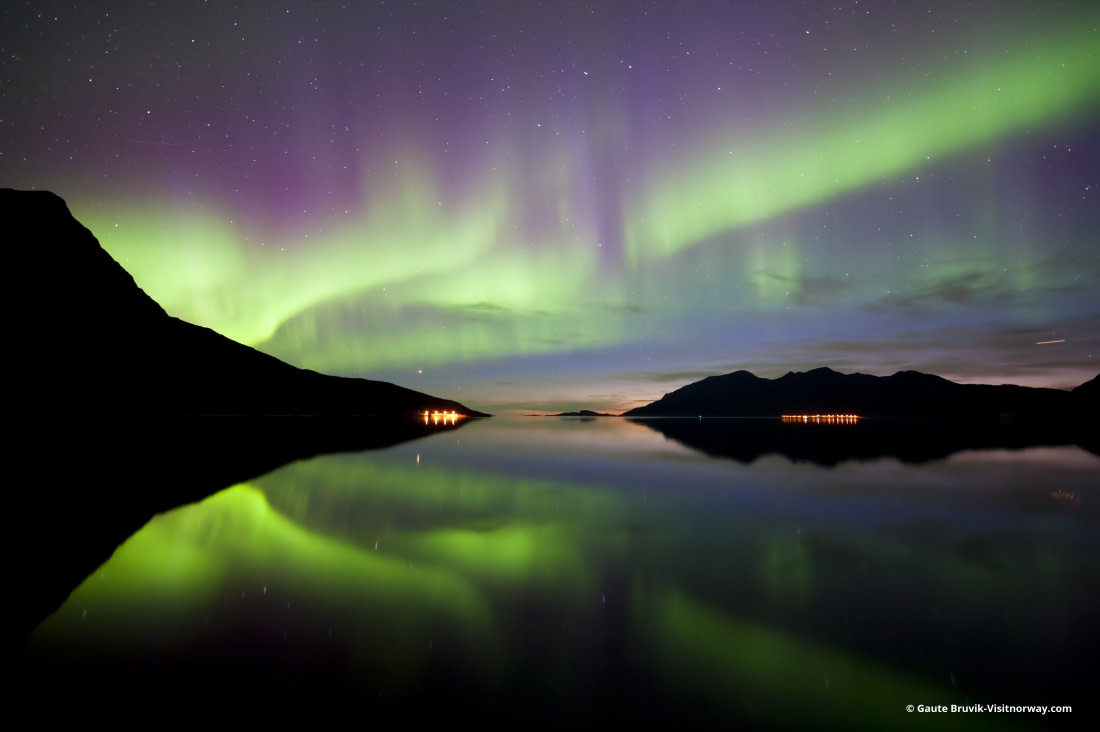
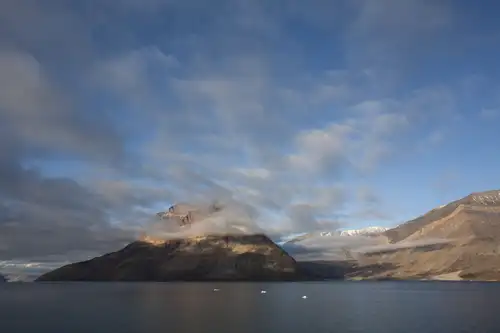

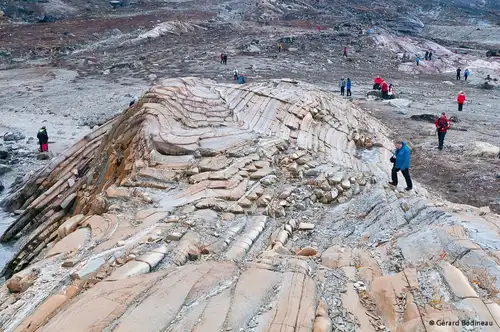
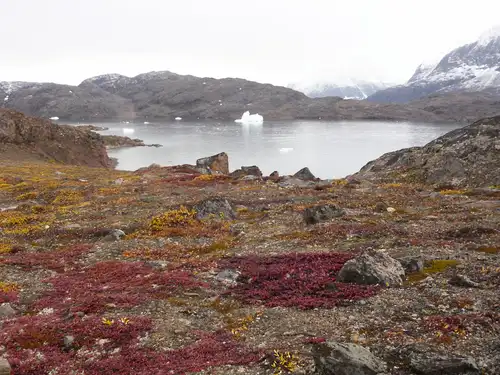
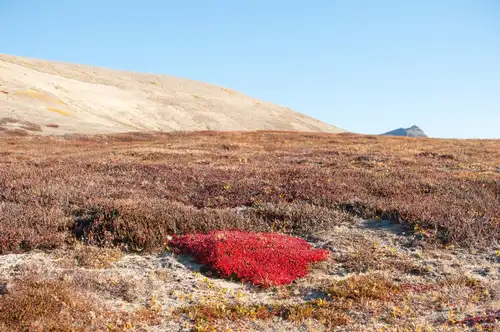
Related Trips
Blog


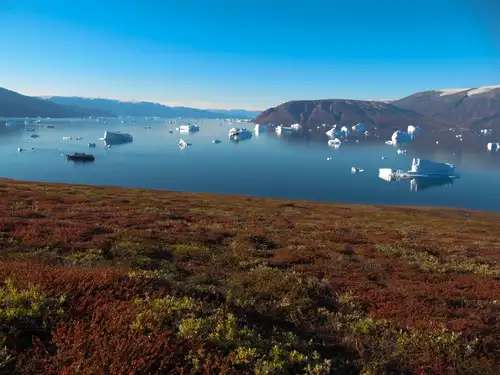
Northeast Greenland National Park
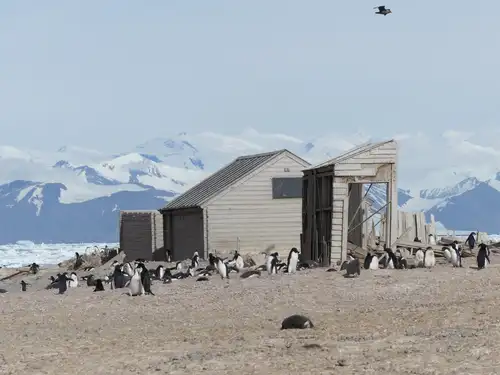
The First Buildings in Antarctica: Borchgrevink’s Historic Huts
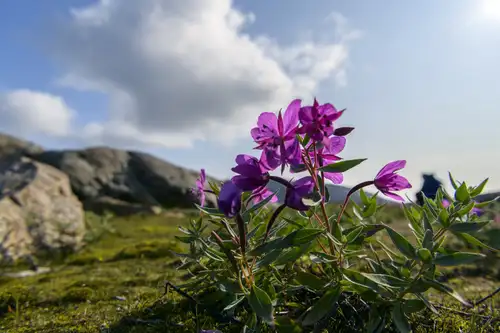
Arctic Flowers, Trees, and Other Plant Life
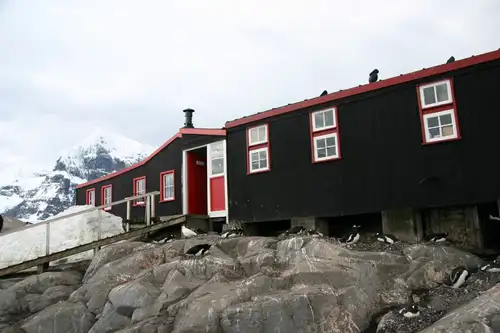
Port Lockroy: History, Post Office, and Resident Penguins
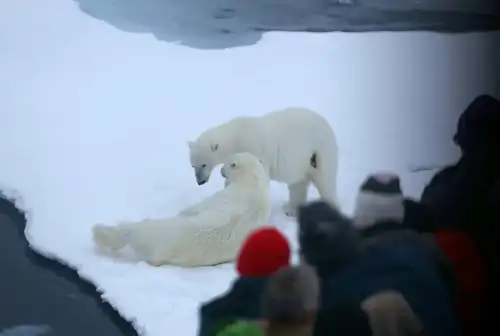
The Pack Ice and Polar Bears of North Spitsbergen

Cheapest Antarctica Cruises: How to Save on Your Journey
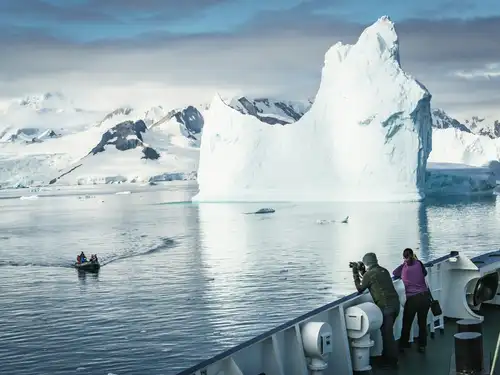
Antarctic Explorer’s Voyage
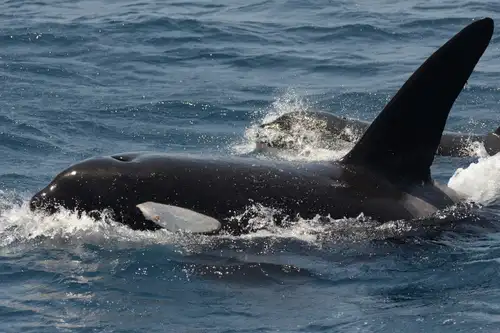
8 Whales You Might See During Your Antarctica Cruise
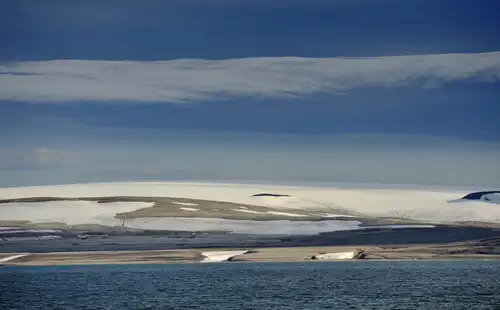
Six Must-See Svalbard Sites

The Impact of Small vs. Large Cruise Ships
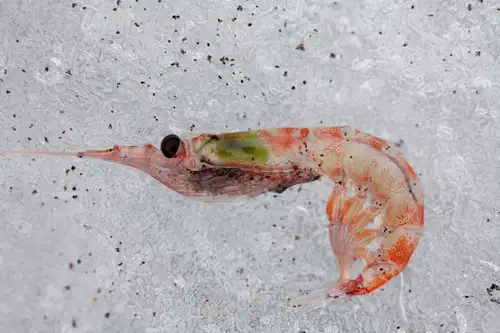
Life in the Polar Regions
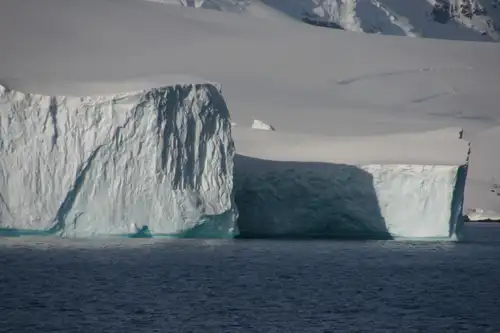
Antarctica: When to Visit, How to Plan, What to Expect
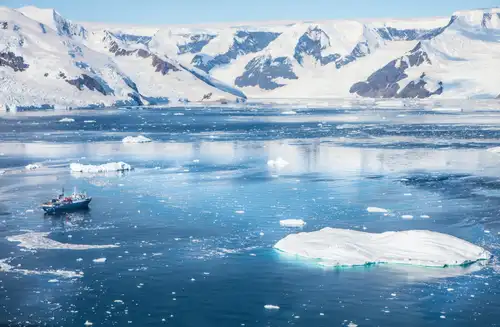
The first race to the South Pole in 50 years

Two for the Snow: Polar Cruises for Couples
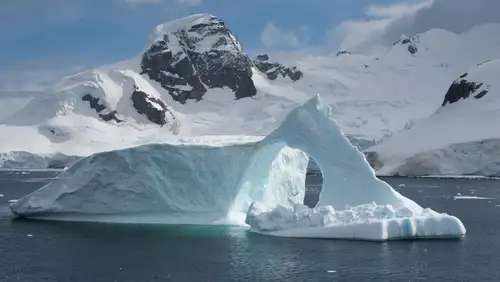
All things ice in the Antarctic
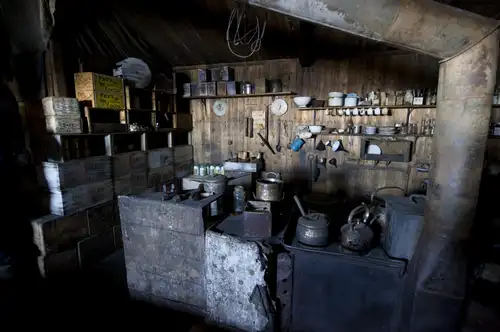
Five of History’s Greatest Polar Explorers
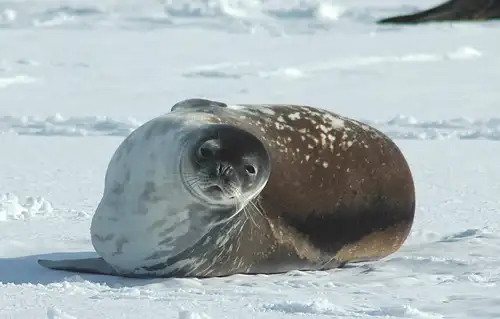
Weddell seals: The data collectors scientists of Antarctica
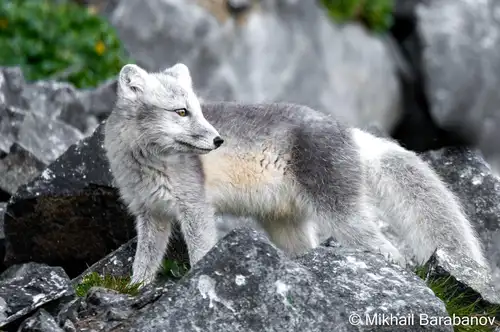
The Small Mammals of the Arctic and Antarctica
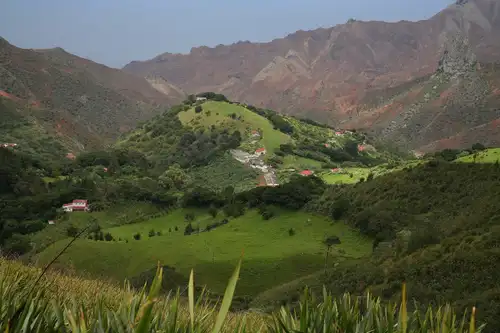
Five Reasons to Love St. Helena
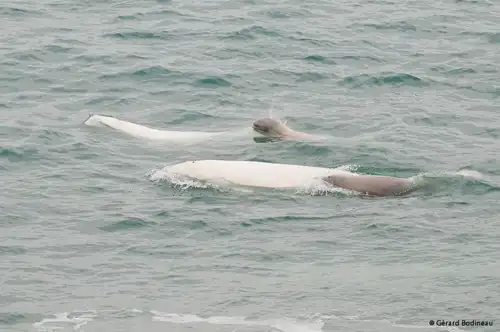



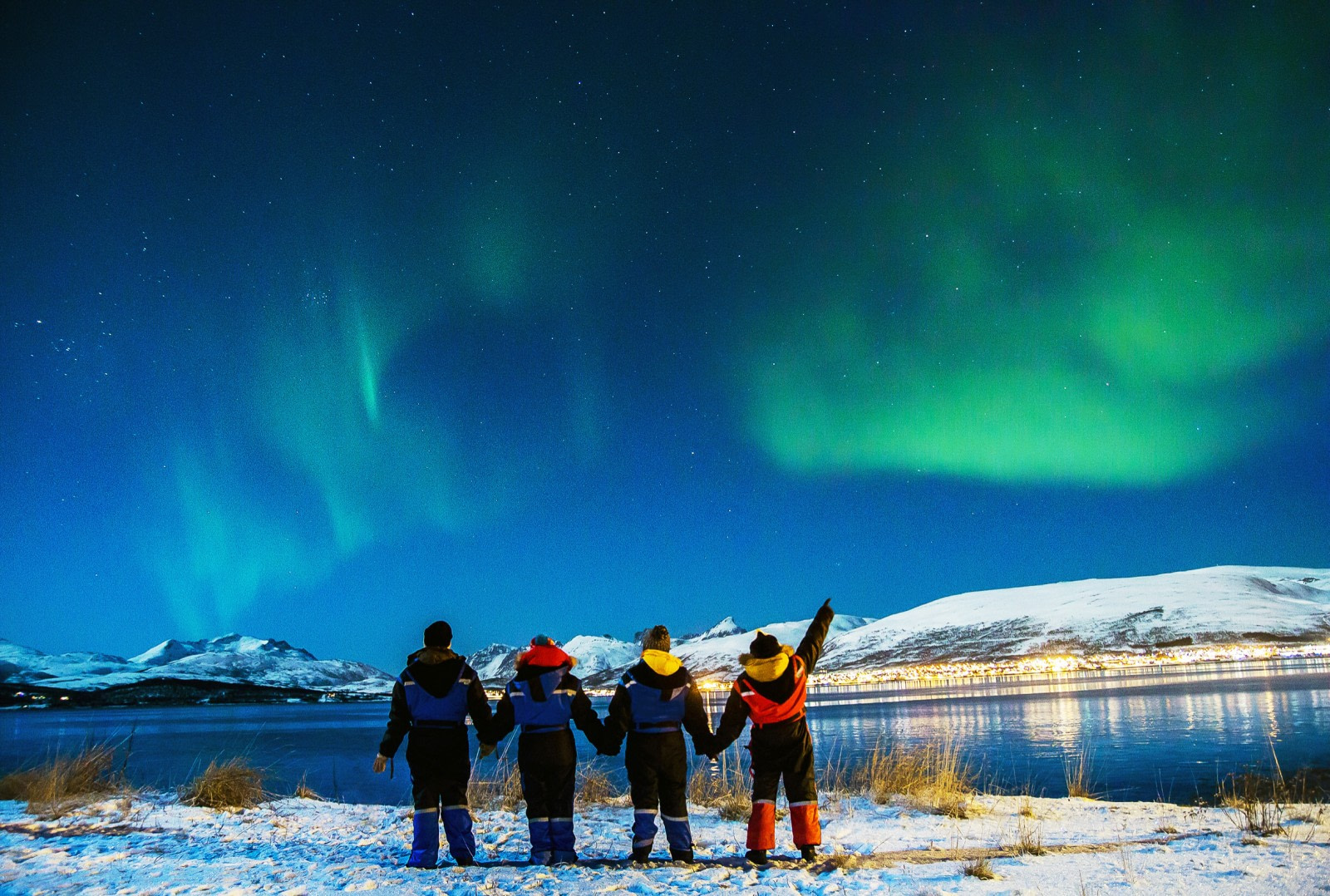

 21 Days / 20 Nights
21 Days / 20 Nights

